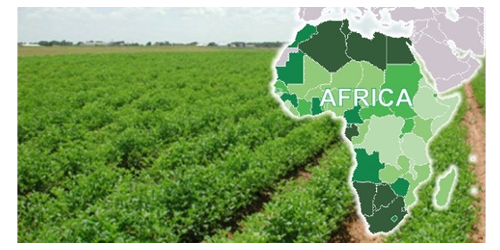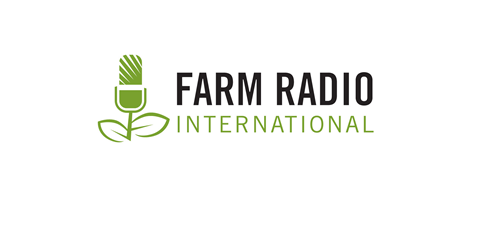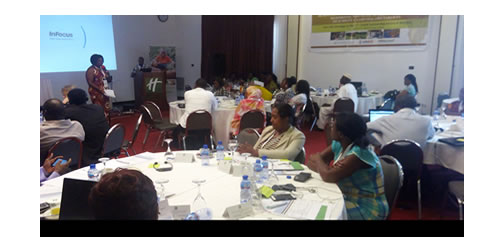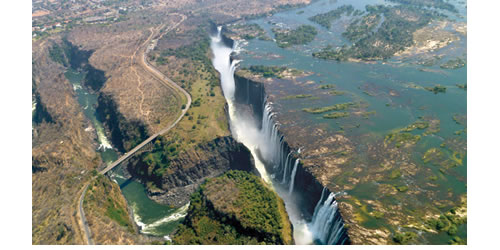Agriculture Investment in Africa: Top Countries to Focus On

Africa’s agriculture sector struggles to access financing and attract investment. Microfinance organizations remain active in the space. But private equity firms and banks are still slowly coming around to the potential of the agriculture space.
Fears over sustainability, education and policy justifiably remain: (1) many African countries do not have an extensive track record of sustained success in the agriculture space; (2) a significant amount of workers in the agricultural space do not have more than primary level education; and (3) policy is ever changing as leadership changes through elections.
But there is great hope is the changing landscape for African agriculture, as highlighted by a few of Africa’s rapidly emerging economies with great agriculture opportunity.
Cote D’Ivoire
It is easy to forget that Cote d’Ivoire was embroiled in a civil war less than five years ago. And that sentiment is the best thing about this emerging market. It is a sign of changing perceptions about the country and the growing tailwinds pushing it forward.
The International Monetary Fund estimates that the West African nation’s economy will grow 8% in 2015 after expanding approximately 8.7 percent in 2014. The 2015 projection is lower than the previously stated estimate of 10% from the Ministry of Economics and Finance as investors are already beginning to show tentativeness with investment due to an upcoming election.
The fears may be based in some relevant history. But the investment outlook is very positive for the country, especially in the agriculture space.
The unexpected drop in commodity prices and subsequent production is reflected in the results from the oil and mining sectors and their depressed effects on the larger economy. Yet growth expectations in 2014 were achieved through successful investments in infrastructure and very favourable returns in the agriculture space.
Continued growth should be expected in agricultural. A euphemistically described “food basket”, the country is the largest producer of cocoa still with high upside. A few companies are beginning to test the chocolate space with an interest in bringing value back onshore.
But the process of making a local chocolate company that can compete globally depends on foreign investment (that is not there yet). Other agricultural products, including coffee, palm oil and cashew nuts, should continue to play a major a role in buoying the agricultural space.
Price exposure is an issue but the country’s constantly improving infrastructure base, particularly in transport, and consistently high farming efficiency ensure that small price movements will not burden the country.
Ethiopia
Ethiopia is an agricultural hub in its own nature in East Africa. Its GDP growth in 2014 was approximately 10.6% and is expected to rise to nearly 11 percent in 2015. Research suggests that agriculture will growth approximately 7% in 2015 and possibly as high as 9 percent in 2016.
The country is a top-coffee exporter. A lot of the value however is lost the minute the country exports the raw beans. A bump in local production and packaging by emerging local brands still has great upside potential, especially with brands, including Starbucks and Dean & DeLuca, lurking around the country for the next big brand.
The country is also a major producer of oilseeds, grains and spices, which now account for nearly $750 – 800 million in export revenue. Again the lack of local processing and packaging ensure that the food products exit the country as cheap raw products and enter local western markets as more valuable processed goods after being processed in a local environment or in another western country.
The Agricultural Transformation Agency (ATA), led by former Wall Street banker Khalid Bomba, continues to highlight annual productivity gains as high as 6.5 percent, similar to the message from Ethiopian officials. The number is more like 3 percent in the past year. Regardless of the exact number, the country is making great leaps for a population that requires a greater rate of production to feed itself let alone take a greater share of the larger global food market.
Tanzania
Tanzania, similar to Ethiopia, is a country whose local population could use a boost in agricultural production. According to the United Nations Food & Agriculture Organization (FAO), low and middle-income Tanzanians still consume more than 65 percent of their calories from street food. This statistic is an improvement over the last two year but still a disturbing reality of the local market.
Tanzania is the ideal locale in Africa to capture a greater share of the global food market. Refusing to give similar large scale land concessions to foreign investors, such as Saudi Arabia, as has been seen in Ethiopia, the country has strategically supported local farmers and seen strong growth in the commercial farming space.
All that said, the country struggles to achieve the annual productivity gains that other countries are seeing with large scale and government-backed training schemes.
Coffee, tea, and oilseeds possess the greatest upside as the story of bringing the value chain onshore remains consistent across all countries on this list. Tanzania however may be better positioned to grow its processing and packaging space as several companies already perform a significant amount of such services internally as well as for other local companies.
Honorable Mention (2)
Malawi
Malawi is conundrum for agriculture investors. The country is a very attractive agriculture investment opportunity such that it should be a top three agriculture opportunity. The agriculture sector is expected to grow nearly 6% in 2015 and 2016.
It possesses an enabling environment that shows strong production results and is strategically located to access multiple markets, including Mozambique and Zambia. But the politics of the country has not been favorable to business. The currency struggles to find a baseline as investors remain unsure about the country’s leaders to maintain a consistent economic policy over an extended period.
The Green Belt Initiative and the National Export Strategy both drafted in 2012 provide a framework for a succession of Malawian leaders to follow. Confronting corruption allegations is also key if the country is to maintain IMF support.
Cameroon
Cameroon is strategically situated among countries that could use its exports: Chad, Central African Republic, Gabon, and Nigeria. Agriculture accounts for more than half of the country’s non-oil export revenues and is expected to grow approximately 4 percent in 2015 and 2016.
The number could be drastically higher but productivity gains are still hard to come by. Increased investment in training and a push for improving the business environment for commercial farming is a start but the current efforts are only a start.
Source: ventures-africa.com





